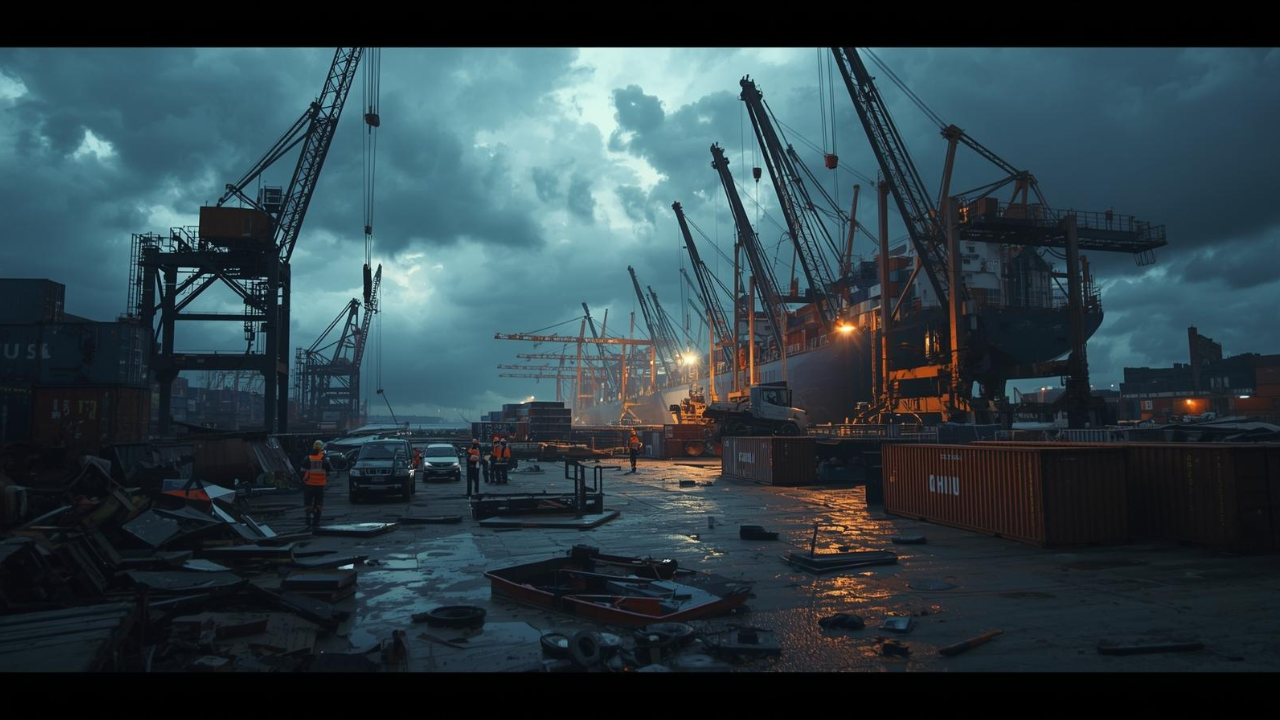
Post by : Meena Rani
Typhoon Halong, one of the strongest storms to hit the region in recent years, caused severe disruptions to the Izu Islands' shipping infrastructure. Ports were damaged, cargo operations halted, and maritime supply chains experienced unprecedented delays. The aftermath has prompted urgent reconstruction efforts to restore trade flows and strengthen supply chain resilience.
The storm brought high winds and torrential rain, causing:
Authorities and port operators initiated rapid emergency measures:
The disruption affected both domestic and international trade:
Rebuilding the shipping hubs involves several strategies:
The storm has highlighted the need for stronger supply chain resilience:
Leveraging technology can mitigate future risks:
Typhoon Halong’s impact has prompted both economic and regulatory responses:
The incident underscores critical lessons for maritime trade:
The aftermath of Typhoon Halong demonstrates the vulnerabilities of maritime infrastructure in the face of extreme weather. However, the ongoing reconstruction of the Izu Islands’ shipping hubs presents an opportunity to build stronger, smarter, and more resilient ports. By combining technological innovation, strategic planning, and sustainable design, the region can restore its maritime trade capacity and strengthen global supply chain resilience for the future.
Typhoon Halong Izu Islands Ports Maritime Trade Disruption Supply Chain Resilience Shipping Hub Reconstruction Disaster Recovery Logistics Port Operations Maritime Safety Global Shipping Challenges Storm Impact Analysis



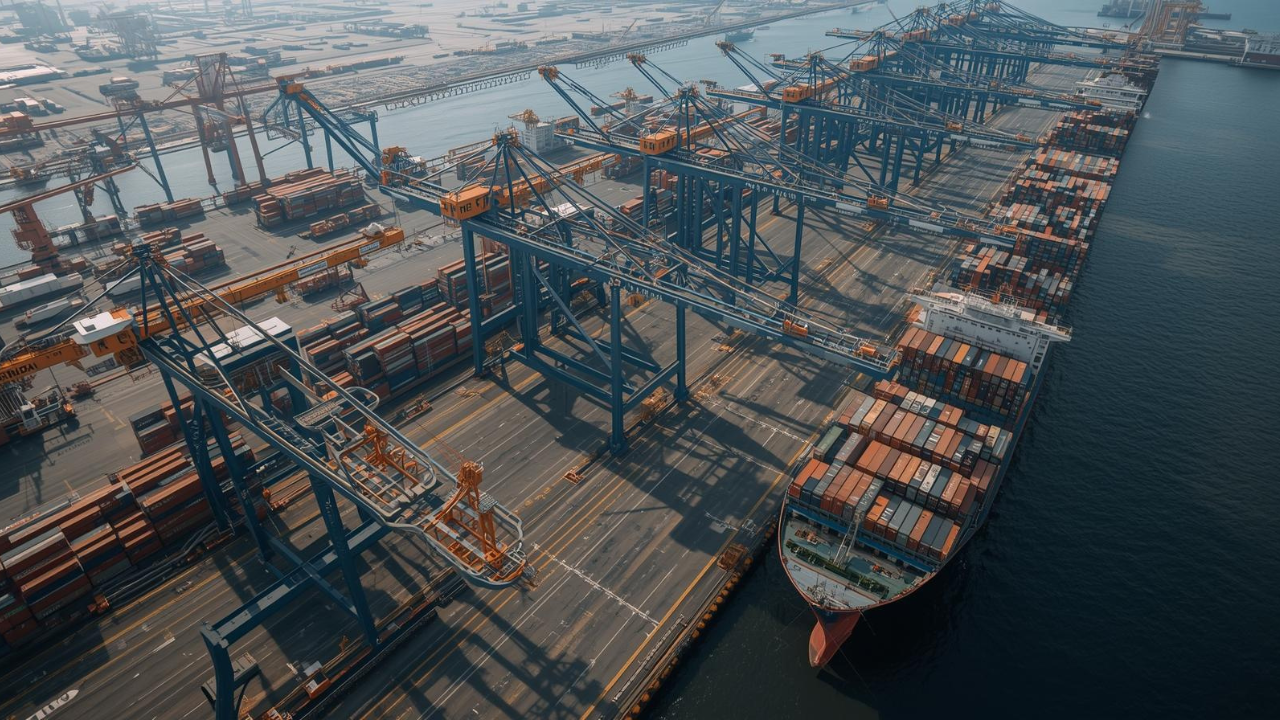

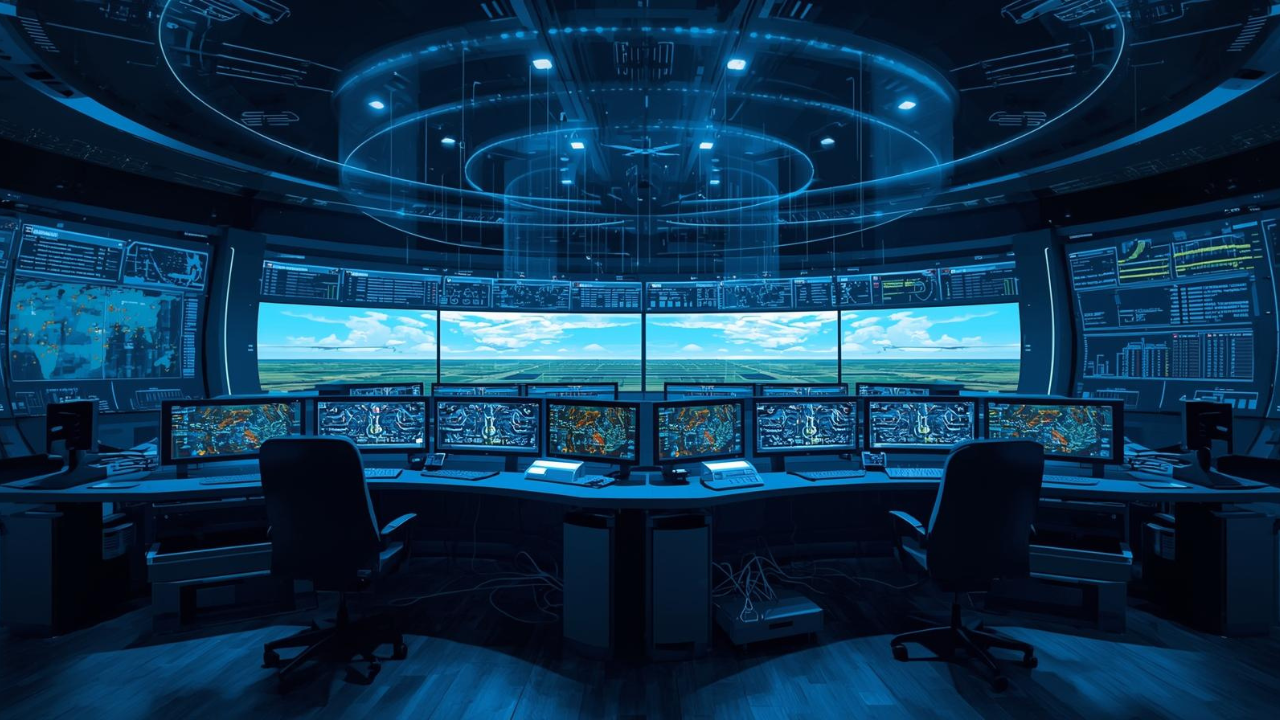
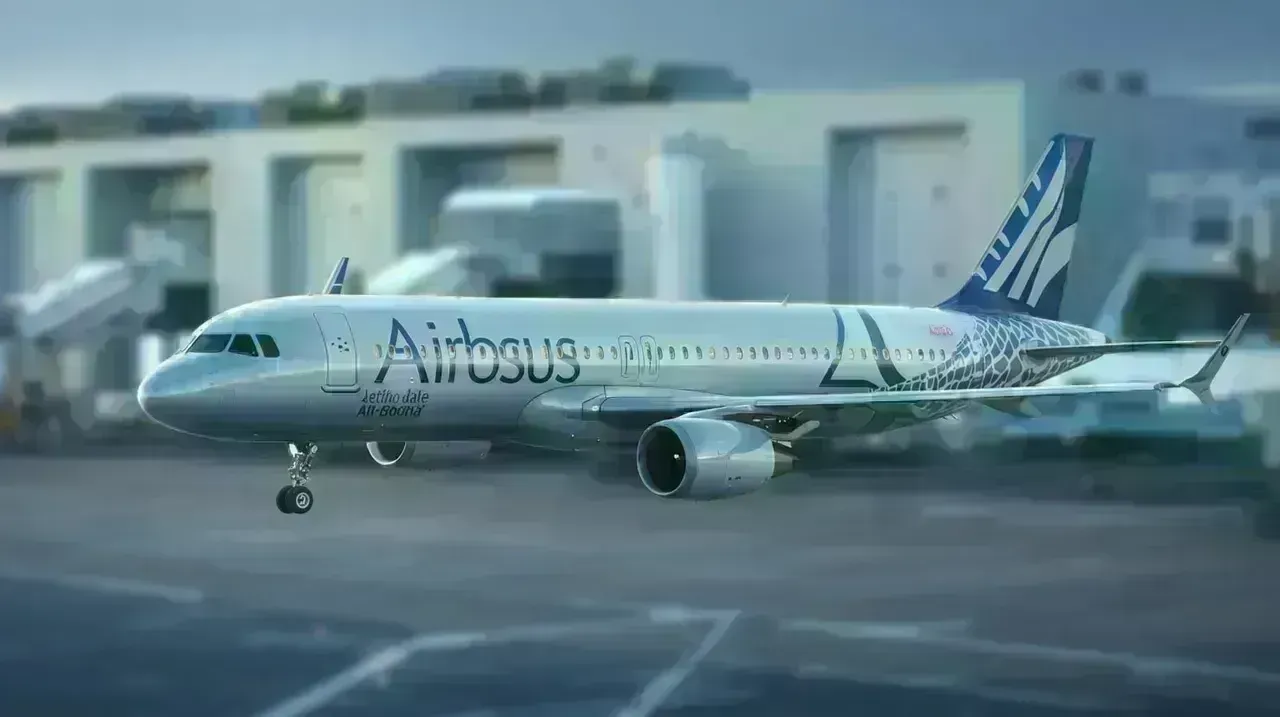

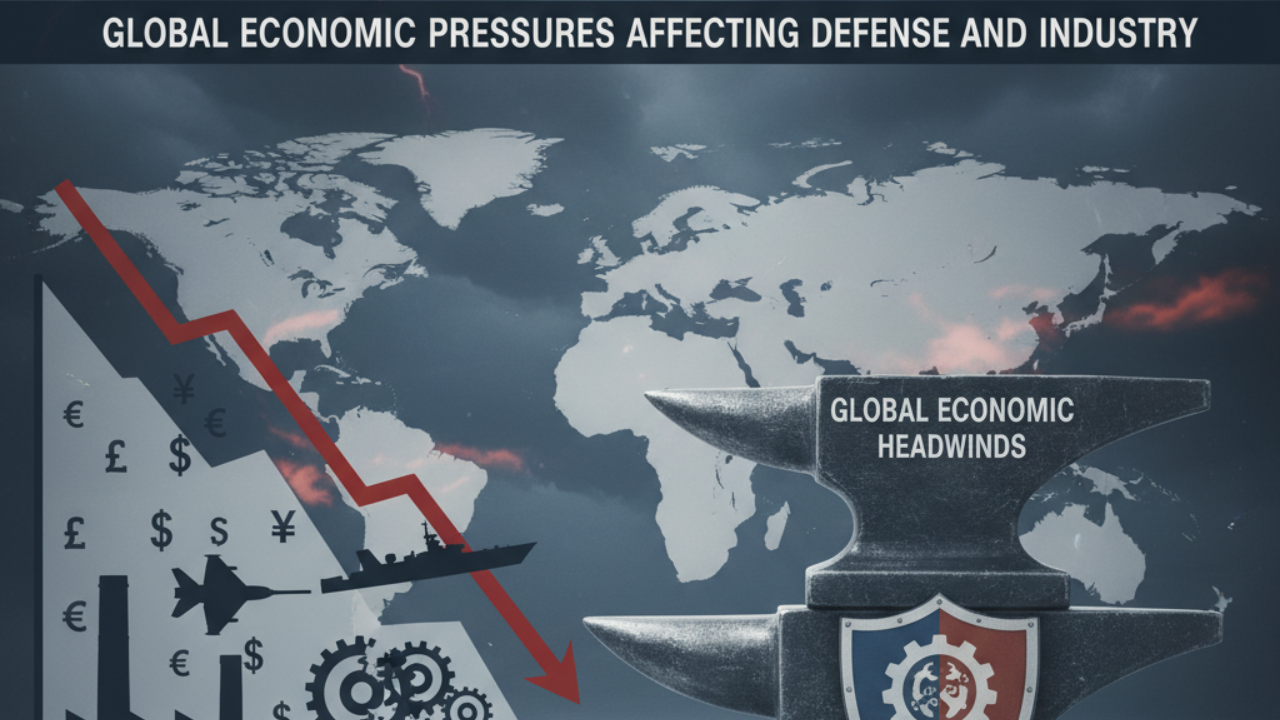
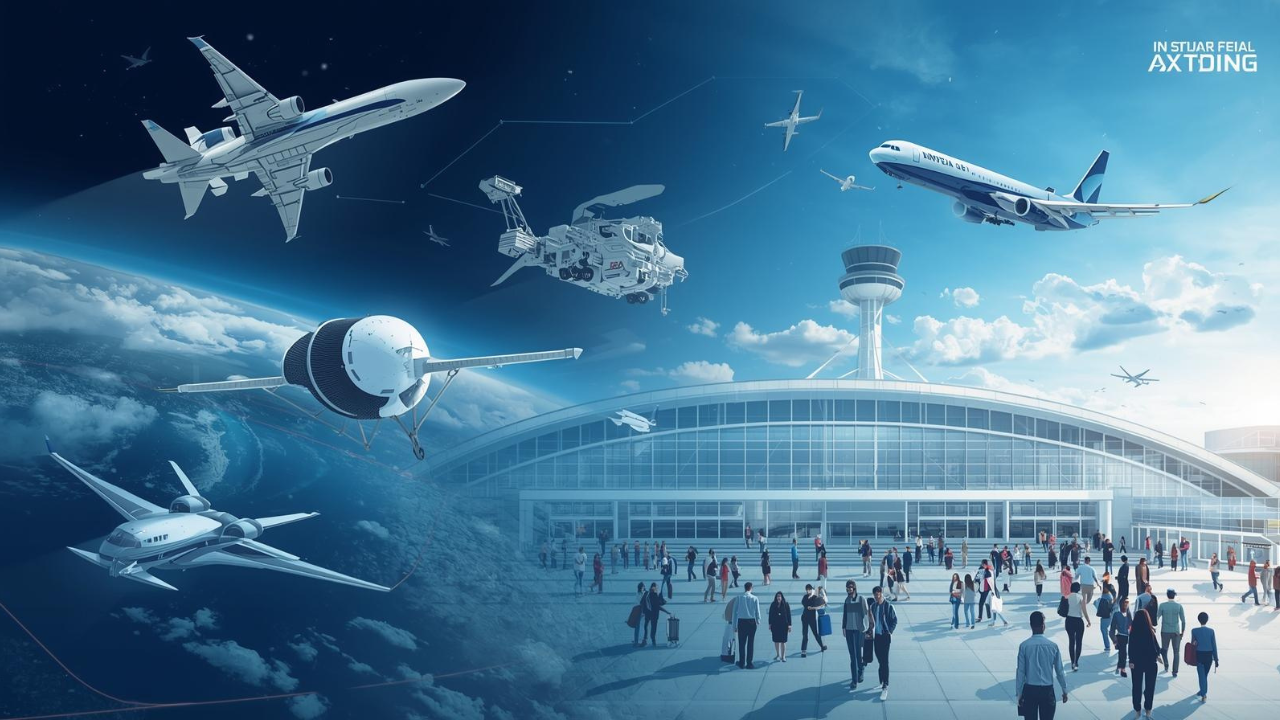
Advances in Aerospace Technology and Commercial Aviation Recovery
Insights into breakthrough aerospace technologies and commercial aviation’s recovery amid 2025 chall
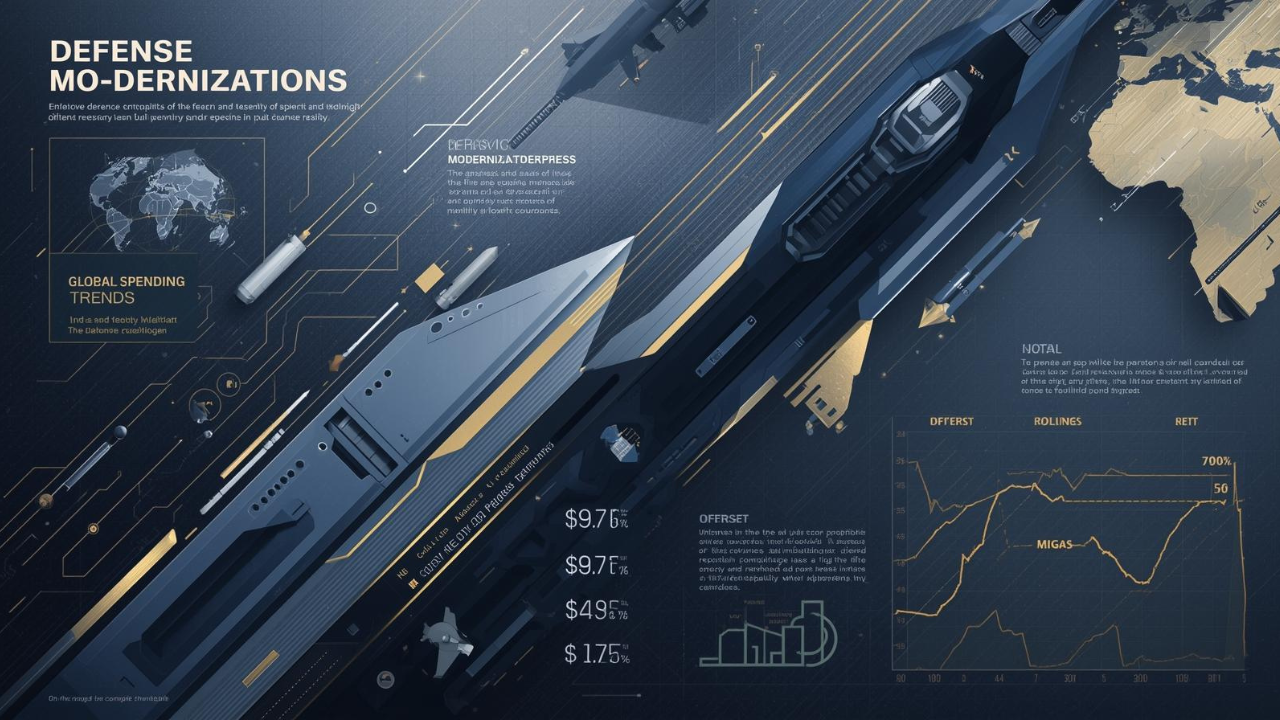
Defense Modernization and Strategic Spending Trends
Explore key trends in global defense modernization and strategic military spending shaping 2025 secu

Tens of Thousands Protest in Serbia on Anniversary of Deadly Roof Collapse
Tens of thousands in Novi Sad mark a year since a deadly station roof collapse that killed 16, prote

Canada PM Carney Apologizes to Trump Over Controversial Reagan Anti-Tariff Ad
Canadian PM Mark Carney apologized to President Trump over an Ontario anti-tariff ad quoting Reagan,

The ad that stirred a hornets nest, and made Canadian PM Carney say sorry to Trump
Canadian PM Mark Carney apologizes to US President Trump after a tariff-related ad causes diplomatic
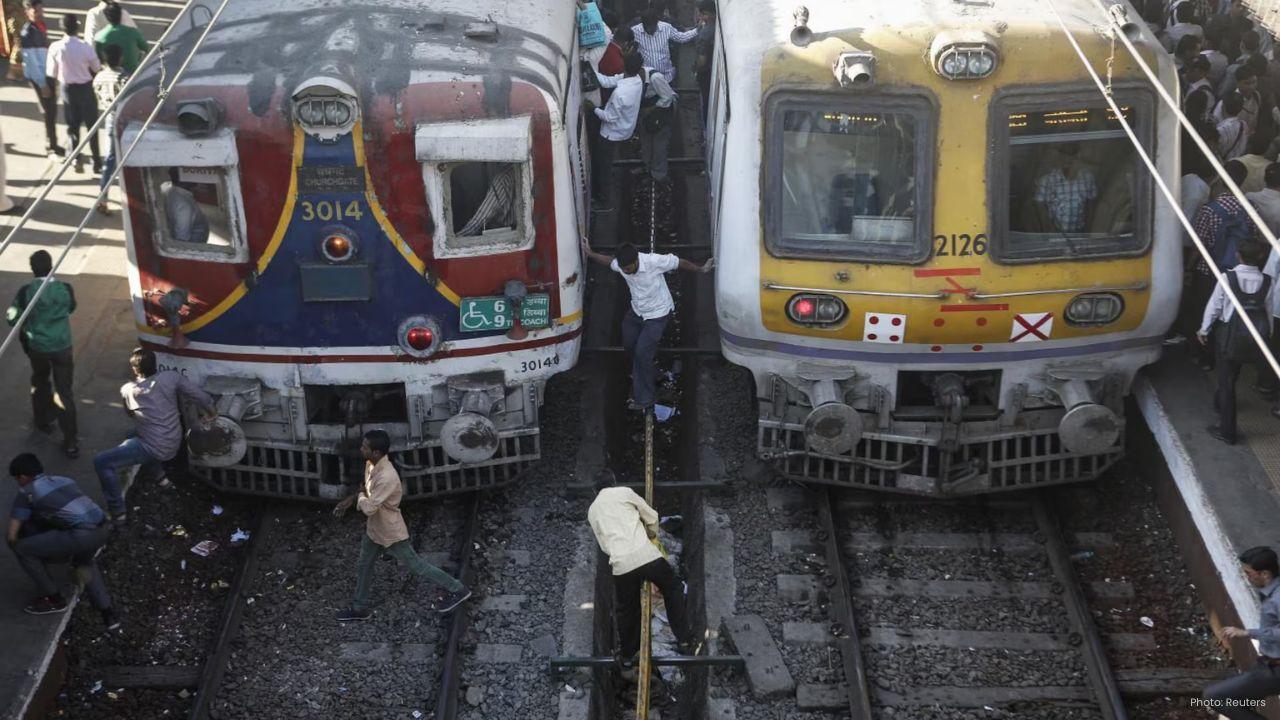
Bengaluru-Mumbai Superfast Train Approved After 30-Year Wait
Railways approves new superfast train connecting Bengaluru and Mumbai, ending a 30-year demand, easi